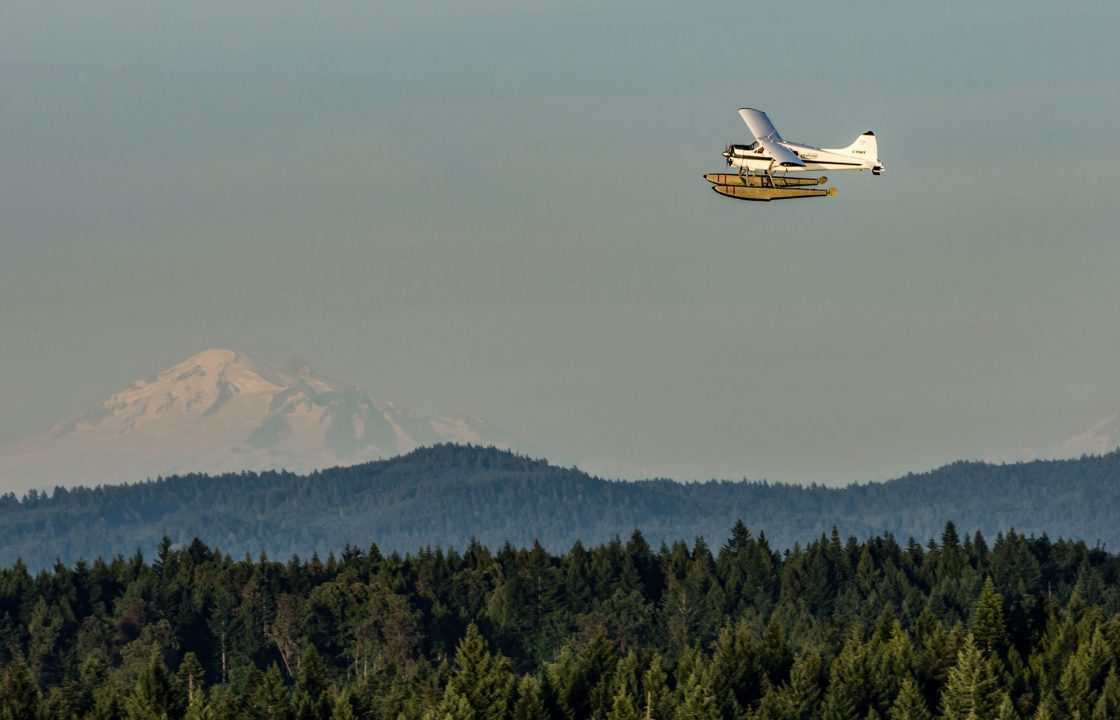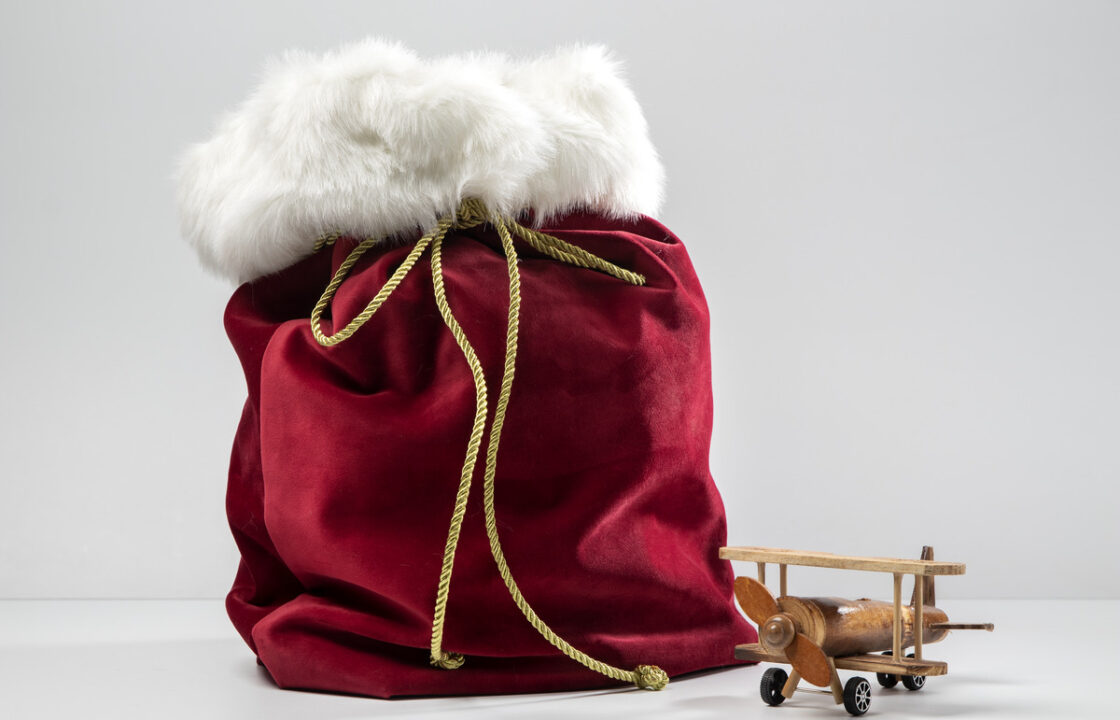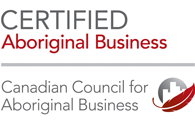
When you think of a floatplane, chances are you’ll be thinking of a De Havilland Canada DHC-2 Beaver. A workhorse for generations of pilots, the DHC-2 Beaver is a truly Canadian icon, and one that we’re proud to fly now and for many years to come.
First introduced in 1948, the DHC-2 Beaver type has seen use in almost every field imaginable during its long and storied history. From crop dusting to passenger service, military liaison duties and just about everything in between, even 74 years after its introduction the Beaver remains the Swiss Army knife of the skies. Our very own DHC-2 Beaver aircraft, registered as C-FHRT, is no exception.
Built in 1958, C-FHRT was originally built as a L-20A, the military version of the DHC-2. It served for four years in various liaison and utility transport roles by the United States Army, before being re-designated as U6-A in 1962. Even now many U6-A Beavers still serve in the U.S. military, and are primarily used by U.S. Navy test pilots to tow the X-26 Frigate sailplane for test pilot school trainees.

After number of years in American military service C-FHRT eventually made its way north. Imported into Canada in 1973, C-FHRT soon began service as a floatplane, a role it has now been continuously employed in for nearly half a century. Flown by now-defunct Tyee Airways for nearly 20 years, C-FHRT undertook various routes along the Strait of Georgia and the Salish Sea. While the yellow livery it bore looked very different during that time, the duties C-FHRT performed were remarkably similar to those it does today.
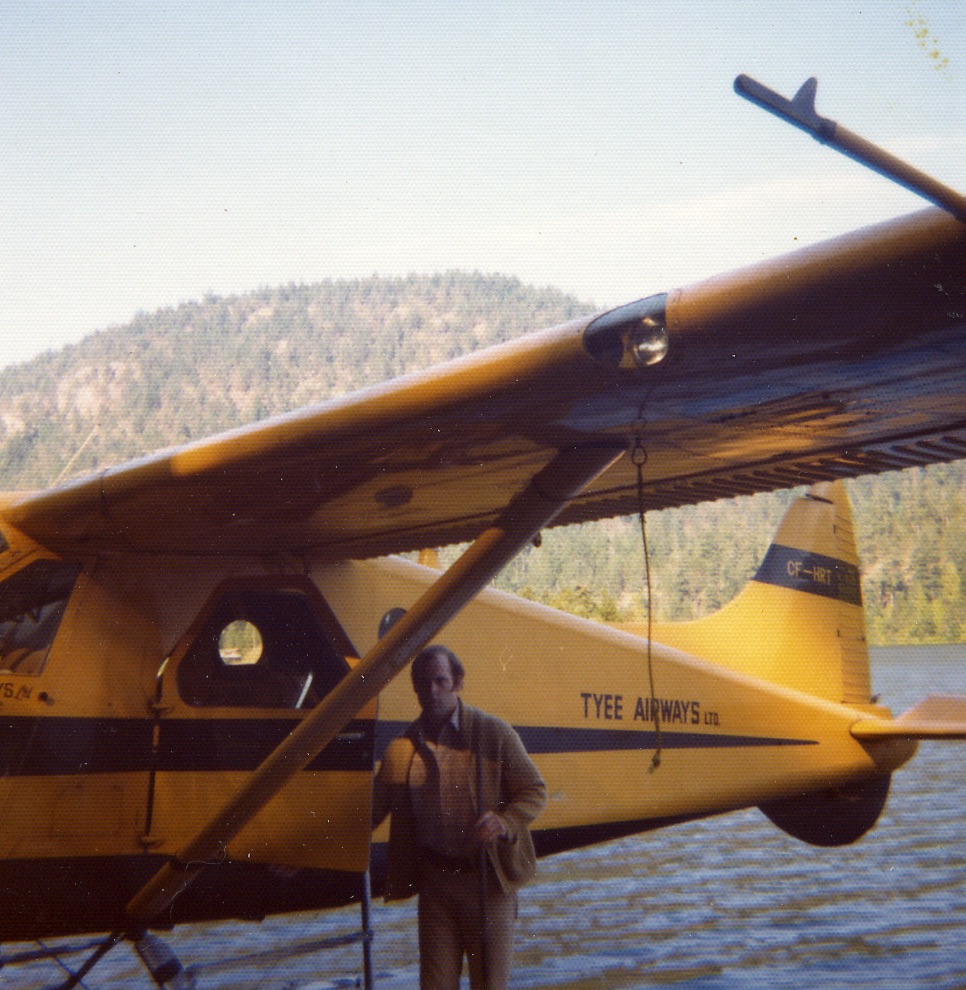
The early 1990s were a difficult time in aviation, with a worldwide recession and rising fuel prices causing many major airlines like Pan Am and Eastern Airlines to cease operations. Smaller regional airlines were affected too, and after two decades of service with Tyee Airways C-FHRT found itself in the service of two new airlines in as many years.
Following brief stints with both Air Rainbow Ltd and Island Hopper Aviation Inc. out of Nanaimo during 1993, C-FHRT entered service with Air Rainbow Mid Coast out of Port McNeill in 1994. In this role C-FHRT ferried passengers and cargo between many remote destinations between northern Vancouver Island and the mainland. Floatplane service is particularly important to these communities, as many of them are only accessible by boat or floatplane-equipped aircraft.
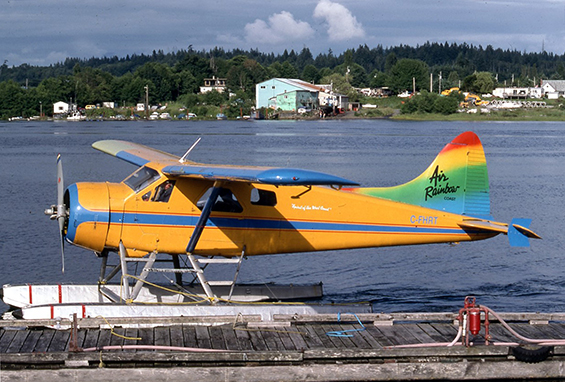
After seven years of service in northern Vancouver Island, C-FHRT began service with Tofino Air. The aircraft then spent the next 13 years helping to connect residents of Tofino, Ucluelet and many other small communities along the western coast of Vancouver Island.
And this is where our chapter of the story begins. Acquired from Tofino Air in 2014, C-FHRT has since formed an integral part of our flight services at Gulf Island Seaplanes. One of a slowly-dwindling number of DHC-2 Beaver aircraft still using the iconic radial engine, flying with us on C-FHRT presents an opportunity to experience aviation history first-hand. And despite being built over 60 years ago, C-FHRT is every bit as reliable, hard-working and fun to fly on as it was when it was first built in 1958.
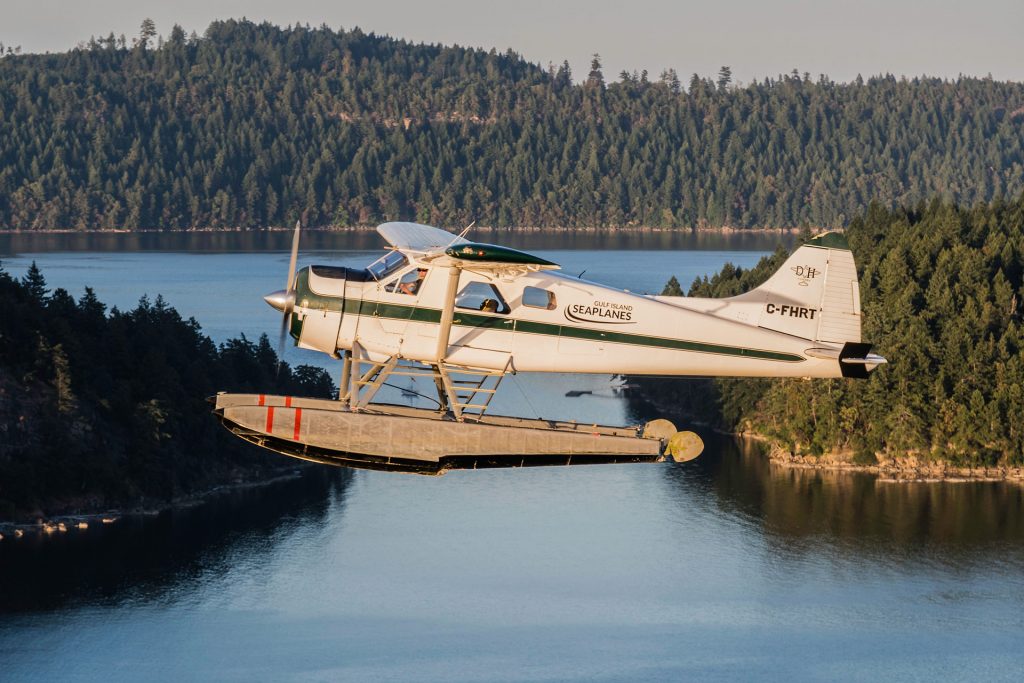
At Gulf Island Seaplanes we offer regularly scheduled and chartered floatplane services to a number of destinations on the beautiful West Coast of British Columbia.
With countless charter destinations to choose from, we are your link to bustling cities, charming towns, remote inlets and picturesque islands across Vancouver Island, the Gulf Islands and the Lower Mainland.
Call us toll-free at 1-800-665-2359 or email us at info@gulfislandseaplanes.com to find out how we can help plan your trip!

